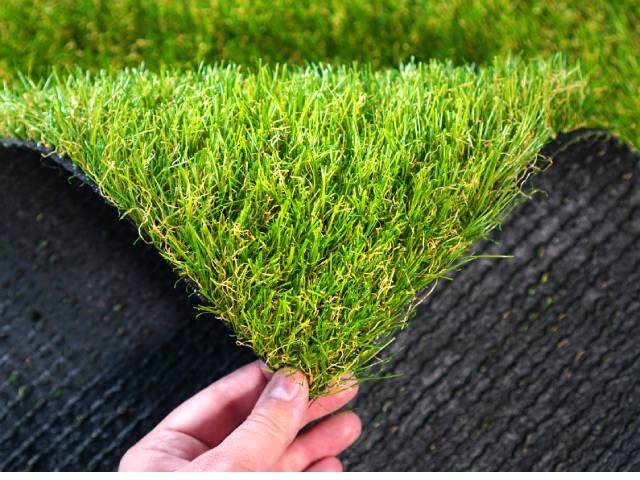
Tackling a landscaping project is an exciting challenge for any DIYer. There’s something incredibly satisfying about transforming your outdoor space with your own two hands. But not all landscaping tasks are equal—some require expertise, precise execution, and specialized tools.
Attempting specialized or demanding projects without the necessary skills or equipment can lead to wasted time, costly mistakes, or even accidents. Below, we’re exploring various landscape projects you should skip doing yourself.
A picture-perfect landscape may look simple once it’s finished, but a lot happens behind the scenes. Professional landscaping companies have the know-how to overcome challenges that aren’t obvious to an untrained eye. Hiring experts means you avoid the risk of injury, subpar outcomes, or repairs down the line.
Experienced landscapers help you maximize your investment by ensuring the job is done correctly the first time. Whether it’s navigating city codes or using equipment you’ve never handled before, choosing a reliable landscaping company can save you time, money, and unnecessary frustration.
Tree removal might seem straightforward, but this is undoubtedly one of the riskiest landscaping projects to tackle on your own. Cutting down a tree requires an understanding of tree health, structures nearby, and how the tree might fall. Improper handling can lead to significant property damage or severe personal injury.
Then there’s stump grinding, which demands heavy-duty machinery capable of thoroughly removing the root system. Rental equipment for this process is expensive and incredibly dangerous in the hands of someone unfamiliar. Professionals possess the skills and tools to execute tree removal safely and efficiently.
Creating beautiful patios, retaining walls, or walkways adds immense value to your home, but the precision and heavy labor involved in hardscaping make it a challenging task to DIY. For example, laying pavers requires leveling the soil, calculating slope drainage, and ensuring long-term stability. A slight miscalculation here can lead to uneven surfaces, shifting materials, or poor water runoff that damages your landscape.
Retaining walls need structural reinforcement to hold back tons of soil safely. Mistakes in these areas can lead to costly repairs. Professional landscapers have the expertise and tools to ensure durable, seamless hardscaping that boosts aesthetics and functionality.
Installing an irrigation system isn’t as simple as laying some pipes and sprinklers. A properly installed system requires technical knowledge of water pressure, zoning, and local government permits. One wrong dig could damage underground utilities or break water lines—both extremely costly mistakes.
Professionals use specialized tools and follow precise installation practices to make sure the system operates efficiently without harming your lawn or foundation. They can design systems customized to your plants’ specific hydration needs while adhering to water conservation principles. That’s expertise even seasoned DIYers may not possess.
It’s relatively common and normal to think you can tackle landscape projects on your own, but sometimes, it’s best to skip doing them yourself and hire the pro. The last thing you want is an unfinished, unsightly yard and an injury.
24World Media does not take any responsibility of the information you see on this page. The content this page contains is from independent third-party content provider. If you have any concerns regarding the content, please free to write us here: contact@24worldmedia.com

A Brief Look at the History of Telematics and Vehicles

Tips for Helping Your Students Learn More Efficiently

How To Diagnose Common Diesel Engine Problems Like a Pro

4 Common Myths About Wildland Firefighting Debunked

Is It Possible To Modernize Off-Grid Living?

4 Advantages of Owning Your Own Dump Truck

5 Characteristics of Truth and Consequences in NM

How To Make Your Wedding More Accessible

Ensure Large-Format Printing Success With These Tips

4 Reasons To Consider an Artificial Lawn

The Importance of Industrial Bearings in Manufacturing

5 Tips for Getting Your First Product Out the Door